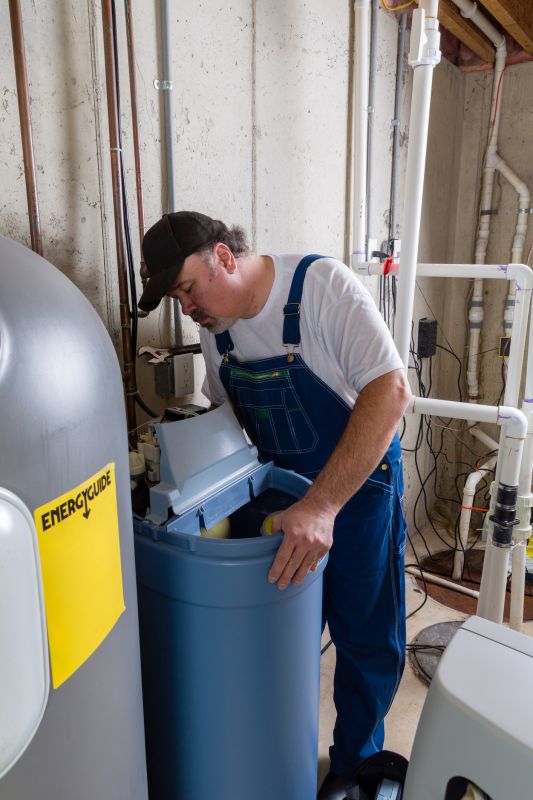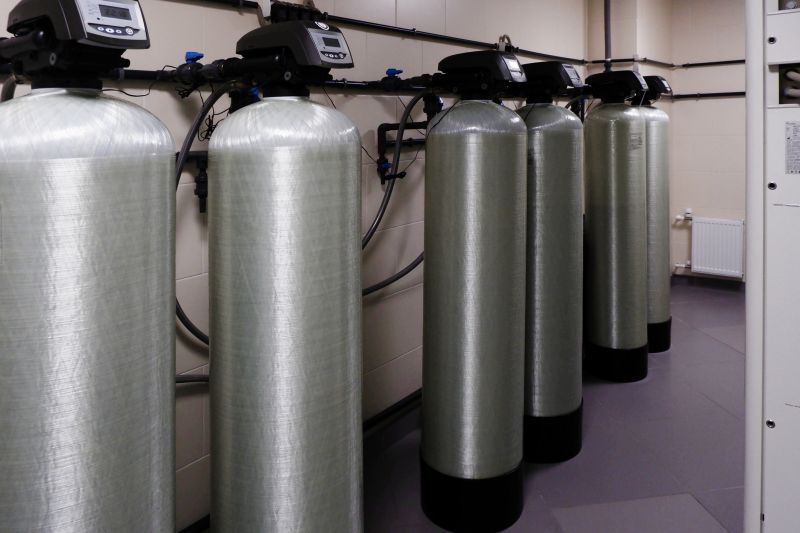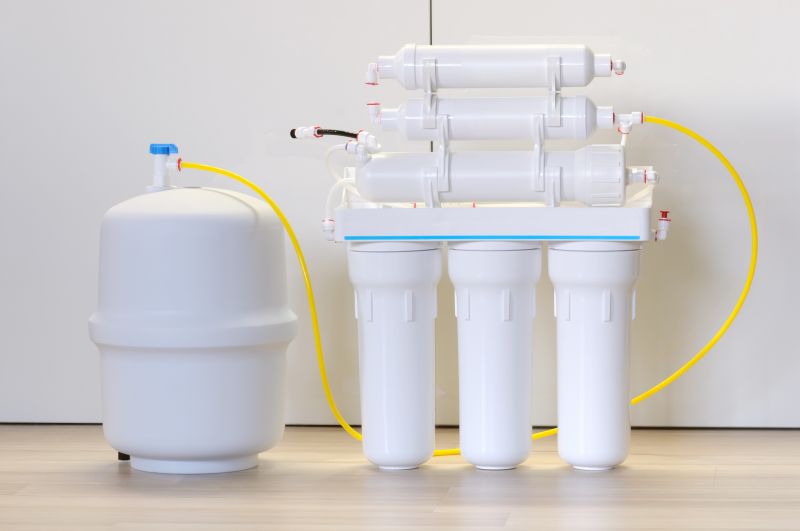Seamless Water Softener Setup for Better Living
Water softener systems are designed to reduce mineral content in water, improving quality and protecting plumbing fixtures. Proper installation ensures optimal performance and longevity of the system.

Installation involves connecting the system to existing plumbing, ensuring efficient operation and water flow.

Secure and precise plumbing connections are essential for effective water softening and system durability.

Proper placement of control valves guarantees correct regeneration cycles and system management.
Statistics indicate that homes with water softeners experience fewer plumbing issues and appliance failures, leading to lower maintenance costs and improved water quality.
Installing a water softener reduces scale buildup, extends appliance lifespan, and improves soap efficiency.
Reduced mineral deposits decrease energy and maintenance expenses over time.
Softened water improves taste, skin, and hair health, and prevents staining on fixtures.
Efficient water usage and reduced soap consumption contribute to environmental benefits.
When scheduling water softener installation, homeowners can expect a straightforward process that typically involves site assessment, system setup, and testing to ensure proper operation.
The installation process usually takes a few hours, depending on system complexity and home plumbing configurations. Professional installers ensure all connections are secure and functioning correctly.

Tools and materials used for connecting the water softener system to plumbing lines.

Preparing the installation area to ensure easy access and proper setup.

Verifying water flow, pressure, and regeneration cycles for optimal performance.

Ensuring all components are correctly installed and functioning before completion.
Homeowners interested in water softener installation are encouraged to contact for a detailed quote. Filling out the contact form provides an opportunity to discuss specific needs and scheduling options.

